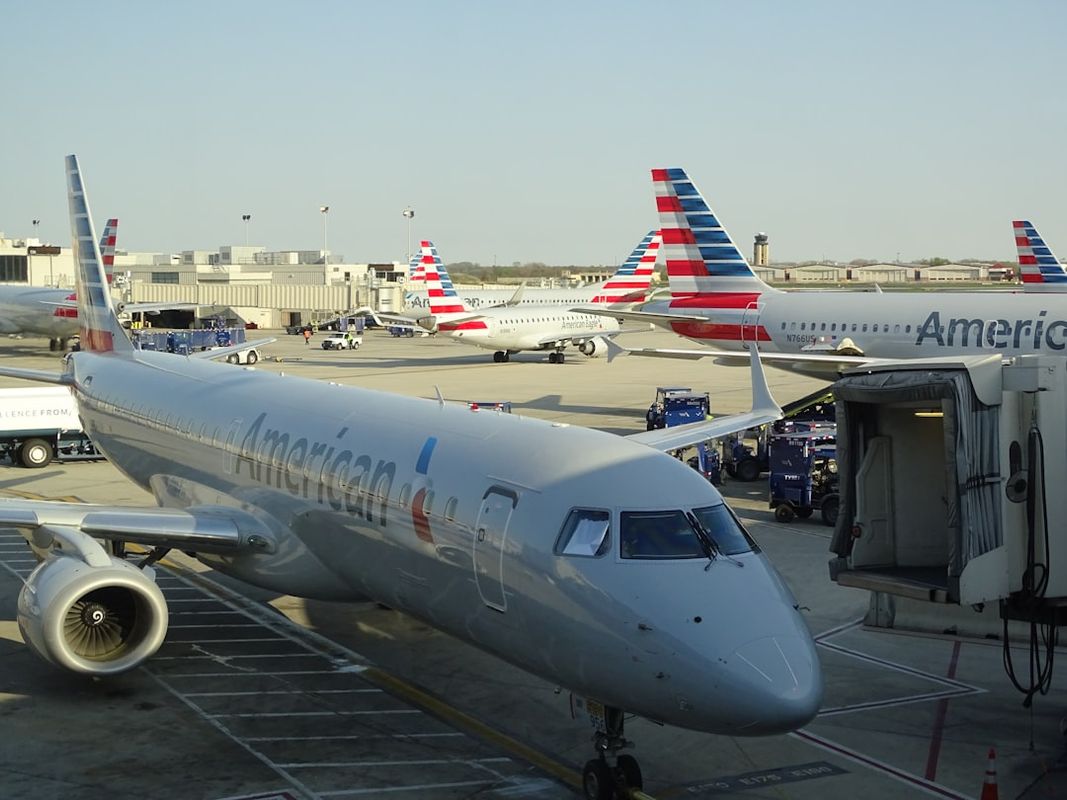(LOS ANGELES) Passengers on an American Airlines flight bound for Hawaii applauded on September 5, 2025, after the captain refused to fly, saying he was “not really feeling it” due to concerns about the aircraft’s safety. The decision, announced over the PA at Los Angeles International Airport (LAX), came after travelers had already switched planes twice. The pilot cited trending oil pressure and a fuel system filter issue, choosing to stop the third attempt and keep the jet on the ground.
The captain told customers that maintenance had cleared the aircraft but said he would “err on the side of caution” and refuse the airplane if he lacked full confidence in its airworthiness. Applause broke out in the cabin, with many passengers thanking the crew for putting safety before schedule. A video posted by travel blogger Johnny Jet drew more than 862,000 views, amplifying global discussion about pilot judgment and safety culture on long flights over water.

American Airlines staff directed passengers to deplane and bussed them back to the terminal. The airline then began standard procedures to rebook travelers or arrange alternative transportation. While cancellations are never easy—especially on a long-haul trip to Hawaii—many customers said the clear, calm communication from the flight deck made a hard day easier to accept.
What the captain cited and why it mattered
According to passengers, the captain described specific concerns: oil pressure trends and a needed fuel system filter replacement. Maintenance had signed off on the aircraft as technically safe. Still, the pilot underscored that he would not depart unless he felt fully certain about the plane’s condition.
For a flight to Hawaii, where safe diversion points are limited, that stance fits with industry practice that places pilot discretion at the center. ETOPS (Extended-range Twin-engine Operational Performance Standards) flights require particularly high confidence because long ocean legs offer few options for diversion.
“When crews expect ‘everything to be perfect,’ they often insist on absolute confidence before leaving the gate.”
Regulatory and airline context
The airline has not indicated any disciplinary action against the pilot. The move aligns with FAA rules recognizing the pilot in command’s ultimate authority over flight safety and go/no-go decisions.
- See 14 C.F.R. § 91.3 (Pilot in command) for the regulation that outlines a captain’s responsibility and final authority.
- Regulations emphasize that a captain’s judgment prevails when safety is at stake, even after a maintenance release.
American Airlines employees worked to manage the disruption once the aircraft was refused. Passengers reported that the airline prioritized safety and transparency in messaging. People affected by cancellations like this are typically rebooked under carrier rules, and some may receive hotel or meal support depending on circumstances and timing.
Reactions from aviation professionals and the public
Aviation workers and frequent flyers weighed in online with widespread support for the captain’s call. Comments from pilots and flight attendants emphasized:
- Trust the captain’s call on ETOPS and long over-water segments.
- Maintenance evaluates data; pilots judge worst-case scenarios in-flight.
- The final decision rests with the pilot, who must picture possible outcomes far from diversion airports.
The public response in the cabin was notable: after three plane changes and a third refusal, passengers applauded instead of expressing anger. Many credited the captain’s plain-language updates and calm demeanor for easing frustration.
Broader implications and analysis
According to analysis by VisaVerge.com, the event underscores a broader point: when rules give front-line professionals clear authority, they can make hard choices that keep people safe. This may cost time, money, and comfort on the day of travel, but it can prevent far greater harm later.
Key takeaways include:
- ETOPS dispatch demands strict standards, often signed off by maintenance control and A&P mechanics, then judged by the pilot’s own risk assessment.
- A gap can exist between maintenance’s technical clearance and a pilot’s operational comfort—bridging it requires strong dialogue.
- Clear, timely communication from the flight deck can significantly reduce passenger stress during disruptions.
Practical advice for travelers after a safety-related cancellation
If you experience a cancellation like this, consider the following checklist:
- Keep your boarding passes, receipts, and any written delay notices.
- Ask agents about rebooking options, including partner flights.
- Confirm whether you qualify for hotel, meal, or ground transport support.
- Stay patient at the gate; updates often come in waves as teams coordinate.
Final thoughts
There were no immediate policy changes announced by American Airlines or the FAA following the event. Industry voices expect the story to reinforce long-standing norms that back a pilot’s final say—especially on routes like Hawaii that leave little room for error.
The episode served as a public lesson: a safe no is better than a risky yes. The American Airlines crew showed what that practice looks like in real time—grounding a trip, accepting the fallout, and keeping trust through straightforward explanation. For many passengers, that trust mattered as much as the ticket.
In the end, a pilot’s call kept a plane parked and sent hundreds back to the terminal. The applause said the cabin understood. On a day when a flight to Hawaii did not depart, safety still took off—and that’s a result many passengers will remember the next time a crew asks for patience before takeoff.
This Article in a Nutshell
On September 5, 2025, an American Airlines flight bound for Hawaii was grounded at LAX when the captain refused to fly due to trending oil pressure and a fuel system filter concern, despite maintenance clearing the aircraft. After passengers changed planes twice, the captain cited safety concerns and stated he would “err on the side of caution,” prompting applause from travelers. The airline deplaned passengers, arranged rebooking and support, and emphasized clear communication. The incident highlights FAA-backed pilot authority, ETOPS-related operational risks over water, and the gap that can exist between technical maintenance clearance and a pilot’s operational confidence.













